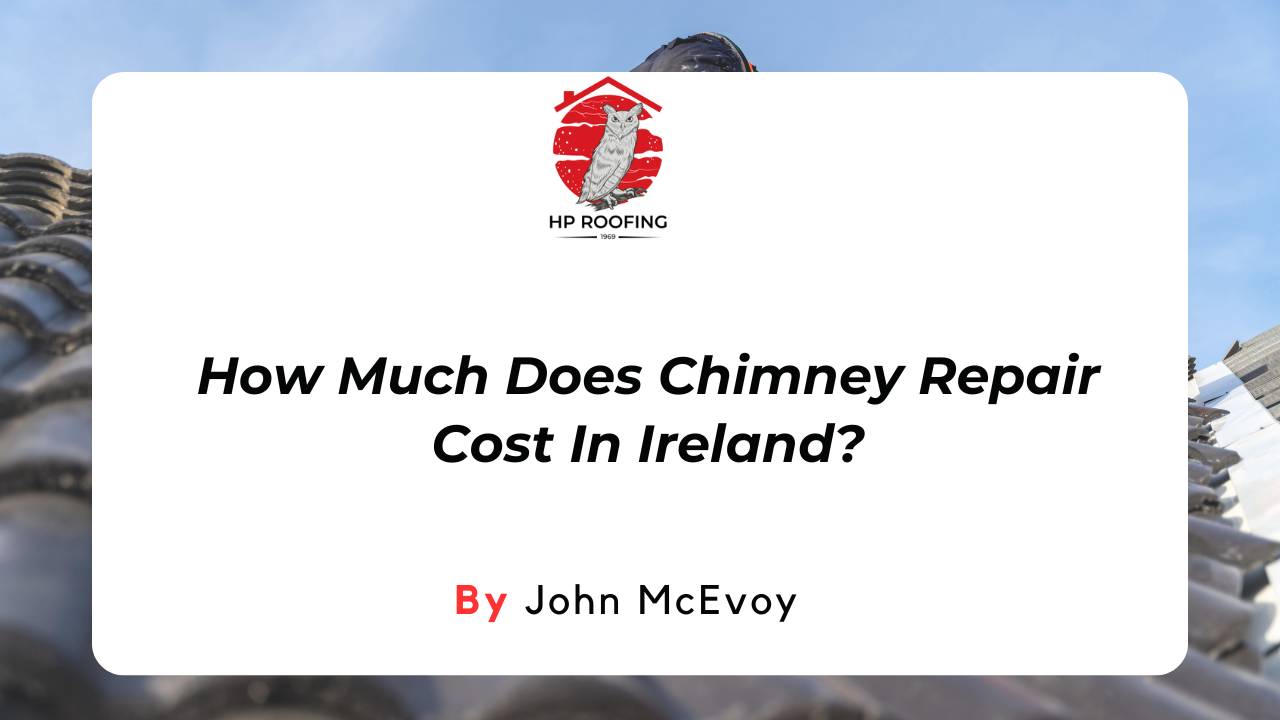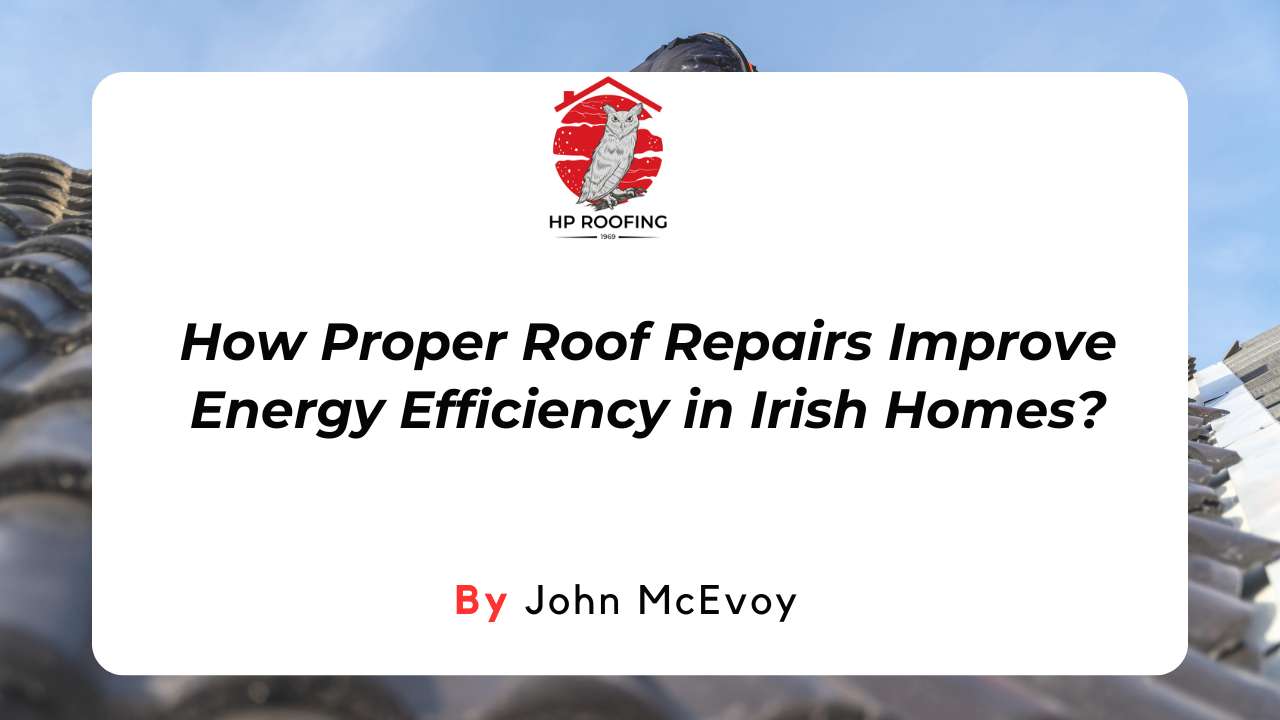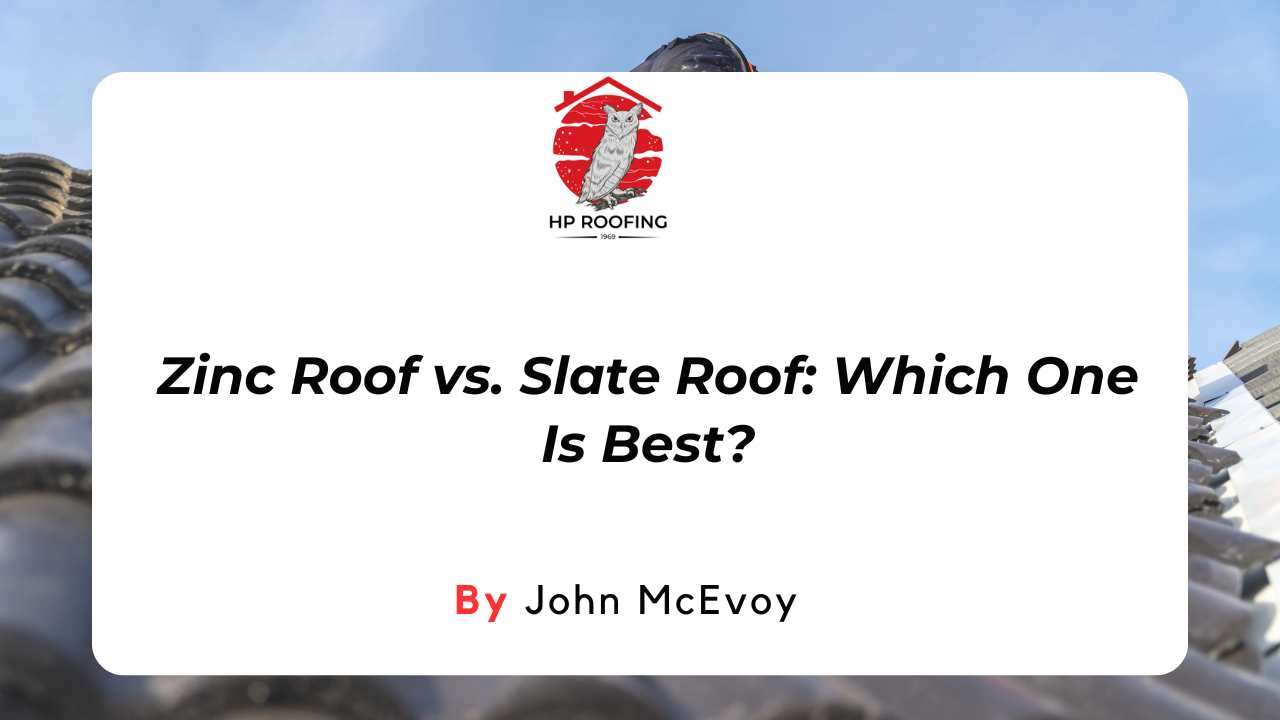Unexpected home repairs can appear out of nowhere, and roofing problems are no exception. A small leak, a few missing tiles or slight dampness might seem harmless at first, but these small issues can quickly grow into serious and costly damage if ignored. No homeowner wants to risk further complications by waiting too long to act.
This is why understanding when should you replace instead of repair your roof is so important. Roof maintenance is not something that can be delayed, as it protects your home, your family and everything inside. In Ireland’s unpredictable climate, having the right guidance from roofing experts can make all the difference
In this blog, we will explain how to identify when repair is enough, when replacement is the smarter choice, and how we can help you protect your home with confidence.
How Can You Tell if a Roof Needs Repair or Full Replacement?
Recognising the early signs of roof trouble can save you from expensive future damage. A few careful observations can reveal whether a quick fix will do or if it’s time to plan a full replacement.
1. Visible Damage on Shingles or Tiles
When you notice cracked, curling, missing or faded shingles, it’s a clear indication that your roof is starting to deteriorate. Minor damage can be repaired easily, but when large areas are affected, it signals deeper wear. Roof tiles that no longer lie flat or have become brittle from years of exposure often mean the protective layer is compromised, calling for more than just a patch-up job.
2. Persistent Leaks or Damp Spots
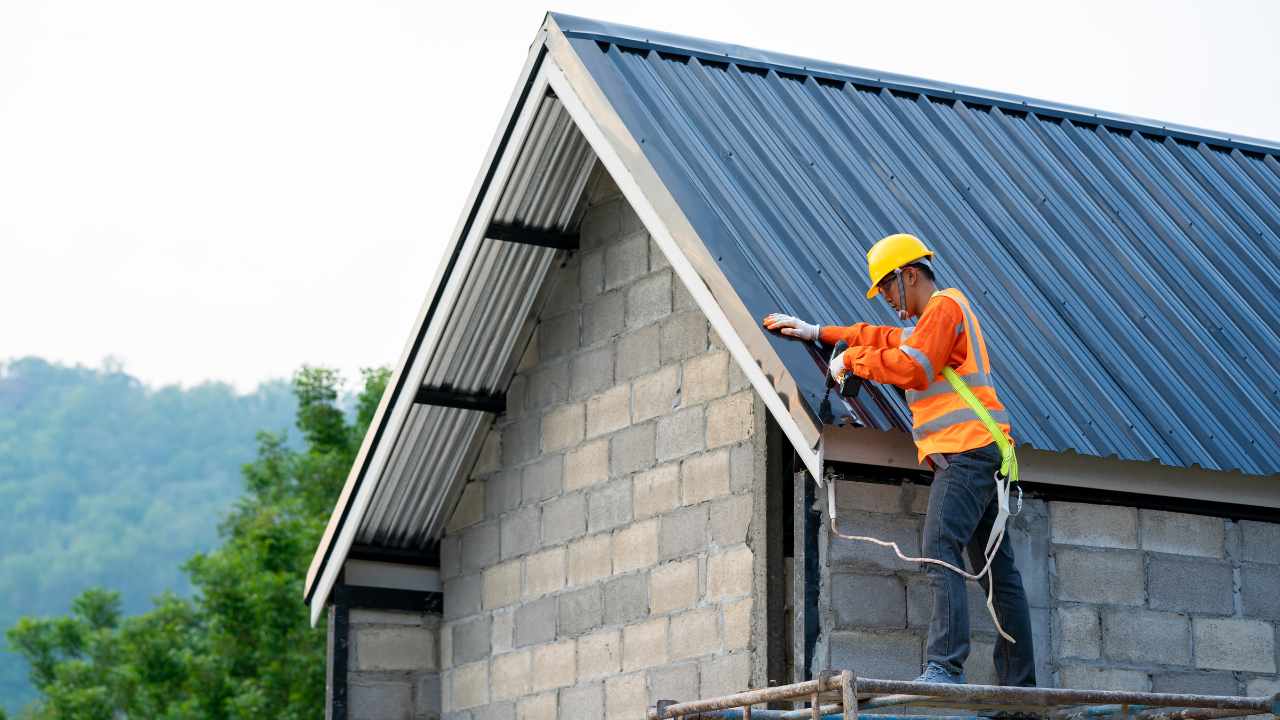
Small leaks may seem manageable, but recurring water stains on ceilings or walls show that moisture has penetrated beyond the surface. Damp patches, mould growth or a musty smell in the attic all suggest water is seeping through multiple layers of roofing, which usually can’t be solved with simple repairs.
3. Age of the Roof and Material Lifespan
Most roofing materials have a limited lifespan. Asphalt shingles typically last around 20 to 25 years, while tiles or metal roofs may last longer. If your roof is nearing or past its expected age, replacing it ensures greater security and fewer future costs.
4. Condition of Roof Deck and Flashing
Even a sturdy roof can fail if the decking or flashing has deteriorated. A sagging roofline or rusted flashing around chimneys and vents points to structural weakness. Professional inspection at this stage is essential, as underlying issues often require a full replacement to restore safety and performance.
When Should You Replace Instead of Repair Your Roof?
Knowing the right time to replace rather than repair helps avoid repeated expenses and long-term damage to your home’s structure.
1. Multiple Leaks or Widespread Water Damage
If you’re finding leaks in several rooms or seeing watermarks reappear after every heavy rain, your roof’s protective system is likely failing. Multiple leaks mean the underlayment and decking have been compromised, and replacement will provide a more lasting solution than endless repairs. Ignoring these warning signs can also lead to mould growth, structural weakening, and costly interior restoration work over time.
2. Repeated Repairs in a Short Period

Dealing with roof problems multiple times a year is a clear warning sign that something deeper is wrong. Frequent repairs often indicate that the structure beneath your roofing surface is weakening, and the cost of ongoing patchwork can quickly exceed the price of a complete replacement. Installing a new roof prevents future issues and provides lasting stability, safety, and confidence in your home’s protection.
3. Structural Issues and Safety Concerns
A sagging roof, soft decking, or visible daylight in the attic are warning signs of structural instability. At this stage, patching won’t hold. A replacement is not only the safer option but also prevents serious damage to insulation, ceilings and walls. Addressing these issues promptly also helps maintain your home’s overall structural integrity and reduces the risk of more costly repairs in the future.
4. Preparing for Long-Term Investment
If you plan to stay in your home for years, replacing your roof now adds long-term value and protection. Modern roofing materials offer improved energy efficiency, stronger weather resistance, and better warranties. It’s a worthwhile investment that enhances your property’s comfort and future resale potential. A new roof also gives you the confidence that your home is protected for decades, reducing maintenance worries and unexpected expenses.
What Factors Should Homeowners Consider Before Replacing a Roof?
A roof replacement is a major home investment, so it’s important to weigh practical, financial and environmental considerations before making your decision.
1. Roof Material and Climate Suitability
Ireland’s weather is unpredictable, with strong winds and heavy rain throughout the year. Choose roofing materials that can handle these conditions. Slate, tiles, or high-quality metal roofs are popular for their durability and weather resistance. Selecting materials suitable for local conditions ensures longevity and fewer future issues.
2. Warranty and Long-Term Value
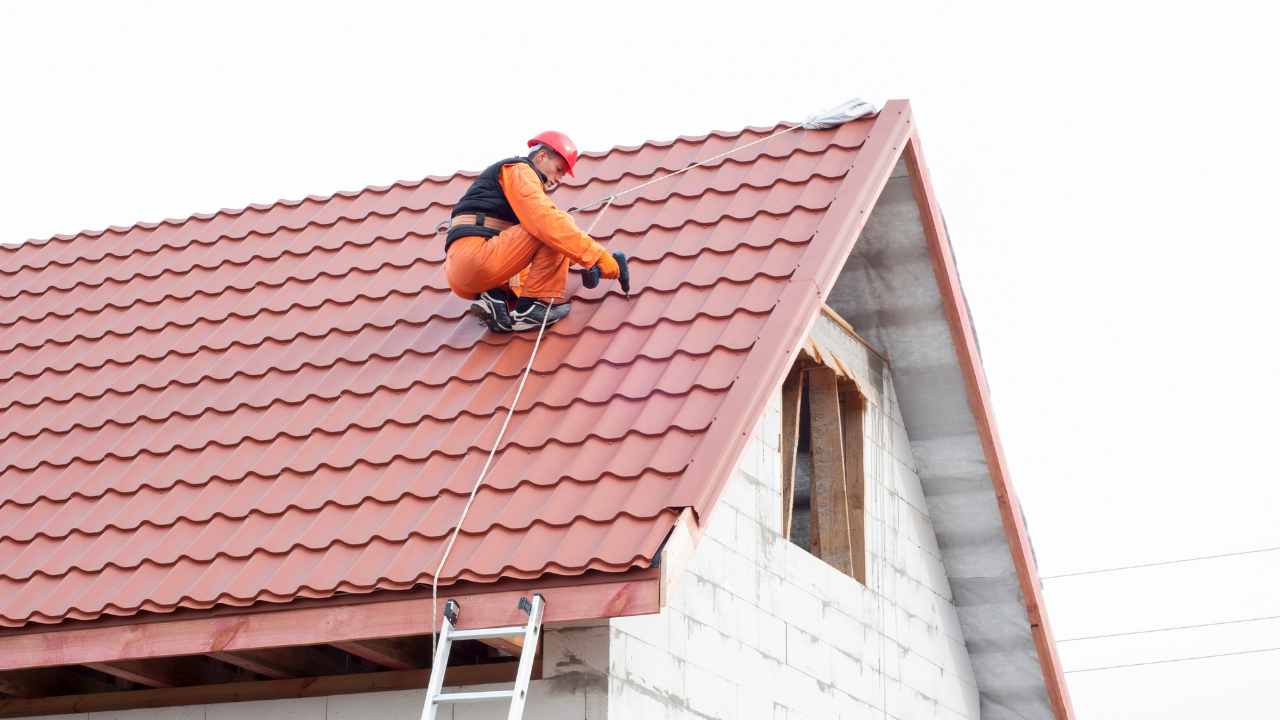
While a new roof involves a higher initial expense, it delivers lasting value. Compare quotes carefully, paying attention to materials, labour warranties and expected lifespan. A quality installation offers better insulation, reduced maintenance costs and enhanced home value over time.
3. Timing and Seasonality
Weather conditions play a key role in scheduling roof replacements. Planning your project during dry, moderate months ensures smoother work and minimal risk of water ingress. Proper timing helps reduce disruption and keeps the job within budget.
4. Choosing the Right Roofing Contractor
The expertise of your contractor determines how well your new roof performs. Always work with a reputable, insured company that provides transparent pricing, written estimates and strong aftercare support. At HP Roofing, expert professionals assess, advise and deliver roofing solutions built to withstand Ireland’s toughest weather conditions.
Conclusion
A well-maintained roof does more than protect your home from the Irish weather. It helps reduce heat loss, improves insulation, and keeps energy costs under control. Understanding when should you replace instead of repair your roof is key to preventing small issues from becoming serious damage that affects your home’s structure and comfort. Regular inspections and timely action can make a lasting difference to your property’s safety and efficiency.
Contact HP Roofing today to book a professional roof inspection and expert consultation. Our experienced team will help you choose the right solution to keep your home protected, efficient, and worry-free.



